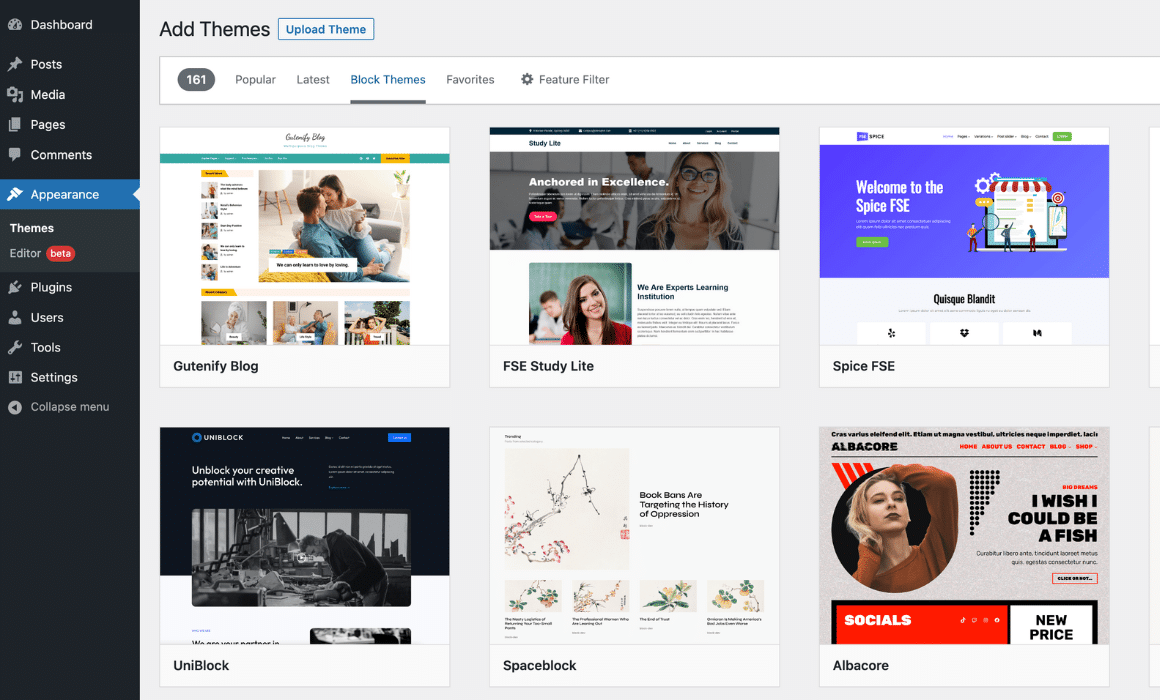When you’re building and maintaining a business website, it’s important to design your site so that it is accessible for all. This both helps expand your reach and follows standards set by ADA Compliance. The American with Disabilities Act (ADA) Standards for Accessible Design was released in 2010 and requires companies to build and maintain websites that are accessible for people with disabilities. Here is what you need to know for maintaining your website to follow ADA compliance standards.

ADA Compliance- What is it?
ADA compliance refers to the American with Disabilities Act Standards for Accessible Design. This statute states that all websites must be accessible to be people with disabilities.
Who needs to follow ADA Compliance?
According to the statute, organizations that must comply with ADA standards include:
- State and local government agencies
- Private employers with 15+ employees
- Businesses that operate for the benefit of the public
This list means ADA compliance standards need to be followed by almost all business websites. And even if your site does not fall into one of these categories, it is still important for your website to be accessible to all users, as it helps expand your market reach.
How can I adhere to ADA Compliance?
There are four core principals to ADA compliance standards. Your website should be perceivable, operable, understandable, and robust.
Perceivable– anyone voting your site should be able to perceive and experience all of ints contents including: text, images, videos, graphics, etc. To do this, you need to always include alternatives. For example, for images, always include alternative text in your code.
Operable– users should be able to navigate your site and use all features. This includes making navigation easy to understand, find and use. To do this you should always include a clear navigation bar and sitemap.
Understandable– All of your content should be able to be understood. This means features should provide clear instructions and descriptions for use. Examples of this include forms, manuals, or calculators. These items help make information easier to understand and promote clear communication.
Robust– Content and information on your site should generate the same experience for all users. You want the information people receive to be the same wether they are reading it for themselves or hearing it from assistive technology.
Some Simple Rules for ADA Compliance:
- Captions– include captions and transcripts for video. Provide alternative text and captions for photos.
- Audio Descriptions– Provide audio descriptions for recorded content.
- Navigation Options– Use main menus and add an HTML sitemap and site search.
- Headings and Labels– use heading and labels to organize content in a logical way. Be descriptive and straight forward.
- Language– provide language options and translations options for text content.
Use these guidelines to make your site more ADA compliant. By practicing these principals, you can make your site more accessible to all people and expand your audience for your business.
Check out our other articles for more information technology news!





